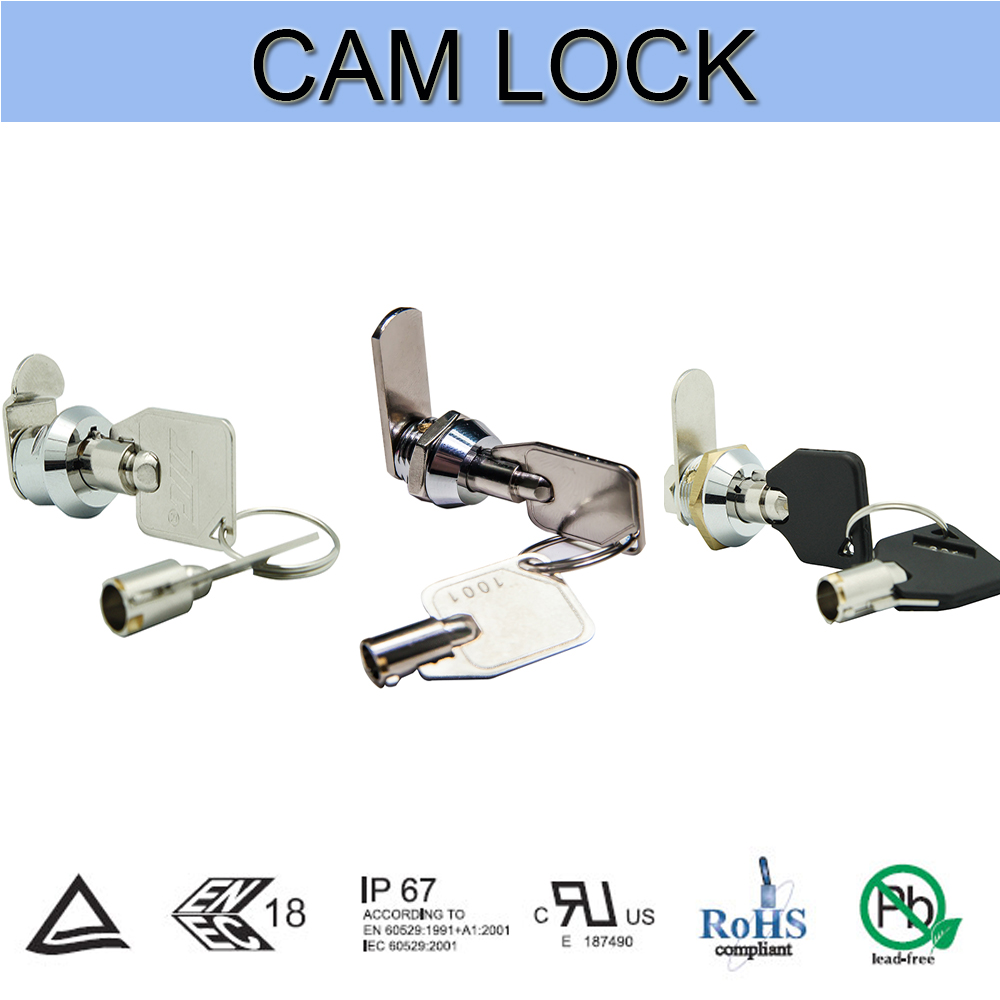
Introduction: Electrolytic capacitor is a type of capacitor. The metal foil is positive (aluminum or ytterbium). The oxide film (aluminum oxide or yttrium pentoxide), which is in close contact with the positive electrode, is the dielectric. The cathode is made of conductive material and electrolyte (electrolyte can be Liquid or solid) and other materials together, because the electrolyte is the main part of the cathode, so the name of the electrolytic capacitor.
The aluminum electrolytic capacitor forms an acidified film at the anode foil, but it can only withstand the continuous application of the specified voltage at the highest operating temperature. When a voltage higher than the acidizing film withstand capacity is applied, the anode foil of the aluminum electrolytic capacitor forms an acidified film corresponding to the applied voltage. The reaction at this time causes the capacitor to generate gas and the internal pressure rises. As the characteristics of the capacitor, there will be a decrease in the electrostatic capacity and an increase in the loss angle. The amount of gas produced increases with the voltage applied and the temperature around the capacitor. Along with this, the internal pressure of the capacitor rises, the sealing material (rubber band) expands, and the safety device starts to operate (there is no safety device, and the rubber band will fly out).
Avoid using this capacitor in circuits that exceed the specified voltage. There are the following structural damages caused by the application of ultra-high voltage:
1. Open; the safety device is loose (or the rubber band is detached), the electrolyte inside the capacitor spreads to the outside, and it becomes dry, and it is in an open state.
2. Spray; If applied at higher pressures than the anode foil, electrolyte, and separator paper can withstand, damage to the insulation can occur, causing electrolyte spray to appear. What effect does an aluminum electrolytic capacitor have when it is applied with a voltage that is opposite to the polarity?
The anode foil of an aluminum electrolytic capacitor having a cathode and an anode is subjected to a chemical conversion treatment in order to withstand a predetermined voltage. Since the cathode foil does not have such a treatment, the pressure resistance is essentially not provided. However, since aluminum is an active metal and chemically reacts with oxygen in the air, it naturally forms an acidified film. Due to the effect of this film, there is also a pressure resistance of 1 to 1.5 V at room temperature. Due to the heterogeneity and instability of the film, the pressure resistance of the cathode cannot be guaranteed. In circuits that are responsive to polarity, we recommend the use of non-polar aluminum electrolytic capacitors. When a polar aluminum electrolytic capacitor is applied with a voltage exceeding the withstand voltage range on the cathode foil, the moisture in the cathode foil and the electrolyte is electrolyzed, and the oxygen generated by the electrolysis reacts with the cathode foil chemically on the surface of the cathode foil. An acidified film (formation of the cathode foil) was formed. This reaction will reduce the capacity of the cathode foil, and the capacity of the capacitor will decrease due to the combined capacity of the anode foil and the cathode foil, and the loss will increase. In addition, this reaction can also generate gas inside the capacitor and increase the internal pressure. The higher the voltage increase, the higher the temperature around the capacitor, the more gas it generates; and the increase in voltage and its surrounding temperature will expand the seal of the capacitor and sometimes loosen the safety device. There is no safety device capacitor. Sealing is also possible. Therefore, use of the circuit that may cause reversed polarity with the capacitor and in the application of reverse voltage should be avoided.
CAM Lock
Cam lock, as the name implies, is Mechanical key lock. Our mechanical lock series products are divided into 12mm, 16mm and 19mm according to size also could be divided into Cabinet CAM Lock with keys and Drawer CAM Locks without keys
This cam lock cover a wide range of applications and can be used in large entertainment equipment, like ,vending machines, mechanical equipment, lockers, etc.

We have introduces high-precision CNC numerical control milling machine and multiple automatic processing equipment at home and abroad to improve cam lock` s precision,insuring all the cam lock cant be replaceable or copy. The specification is as follows:
Zinc alloy die cast housing and cylinder
Barrel chrome plated standard
Tumbler mechanism is pin or disc
It could be zinc alloy tubular Key Switches or flat key switch or without keys enter
Key may be withdraws in one or both positions
Hex nut or speed clip mounted
Have Multiple combination function.
CAM Lock,Cabinet CAM Lock,Safe CAM Lock,Drawer CAM Locks
YESWITCH ELECTRONICS CO., LTD. , https://www.yeswitches.com